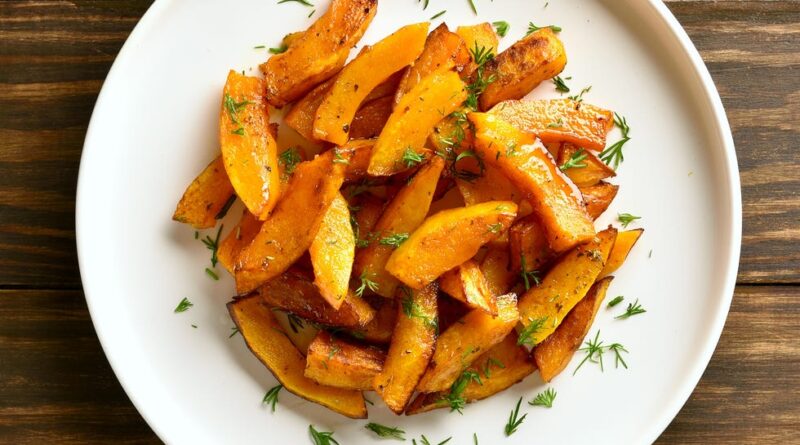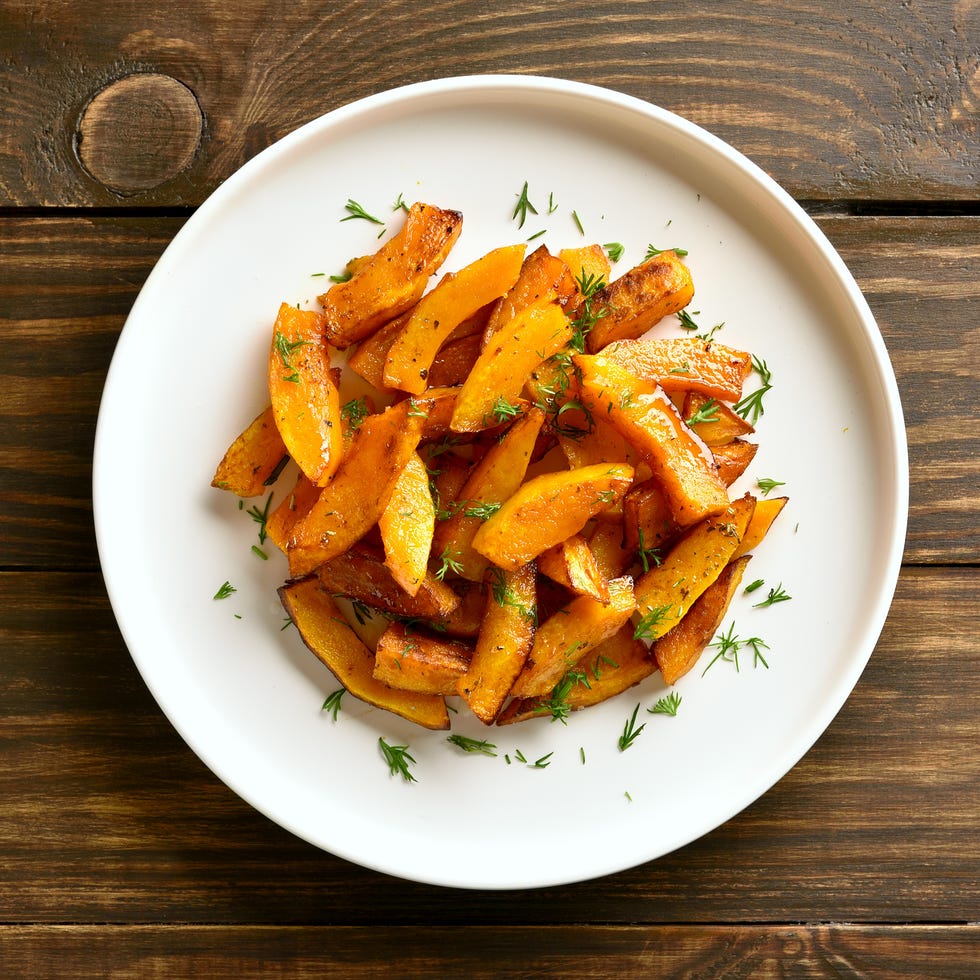Fall Superfoods That Exceed Grapefruit as a Nutritional Powerhouse
Pumpkins may be the last fruit of fall, but they the power of nutrition perfect for year-round enjoyment. Technically classified as a fruit because they develop from seeds that form flowers into flowers, pumpkins pack a punch and have an impressive nutrient profile.
In fact, the CDC recently published a list of fruits and vegetables by nutrient density, and while leafy greens such as watercress scored 100, and beet greens in the 80s, when it came to fruit, pumpkin was at the top with a respectable score of 32 – making it a fruit fall with the most nutrients. “Pumpkin can often be overlooked, but it has many functional benefits,” said Jessica Swift Harrell, RDN, IFNCP, registered dietitian and certified chef at Integrative and Functional Nutrition.
It is rich in antioxidants such as beta-carotene, which is known to destroy free radicals and fight inflammation that can damage our body. It also contains fiber, which not only helps stabilize blood sugar but is also important for digestion, nourishing our intestines and regulating bowel function,” added Swift Harrell.
Prized around the world for centuries – from Austria to China – for its natural health-enhancing properties, pumpkin has found its place as a food of ‘ nutritional facts. The best part? You can use the whole pumpkin, from seed to flesh, to reap its benefits. Plus, it’s so versatile – there are so many fun ways to add pumpkin to your routine.
Pumpkin Nutrition
Pumpkin provides an amazing variety of nutrients that make it a valuable addition to any diet. One cup (230 grams) of cooked pumpkin has approximately:
- Power: 117 kcal
- Protein: 2.42 g
- Total Fat: 6.51 g
- Carbohydrates: 15.6 g
- Fiber (total food): 1.15 g
- Total Sugar: 6.6 g
- Calcium: 50.6 mg
- Iron: 1.93 mg
- Magnesium: 29.9 mg
- Potassium: 814 mg
- Vitamin C: 18.4 mg
- Vitamin E: 3.27 mg
- Vitamin A: 996 µg
- Vitamin K: 8.51 µg
Health benefits
How to prepare and cook pumpkin
Cooking pumpkin can change some of the nutrients a bit, but it still maintains a good nutritional value. When it comes to preparing pumpkin, Swift Harrell likes to roast it. First, wash the pumpkin thoroughly, then cut it and add your favorite oil and spices – you especially enjoy cinnamon and allspice, especially in the fall. For an extra fiber boost, consider eating the skin as well. If the thought of roasting pumpkin is overwhelming, you can always go for canned pumpkin. Just mix it with your favorite spices and heat it up on the stovetop for a quick and nutritious option.
Adding pumpkin to your daily diet is easier than you might expect. Here are some pumpkin recipes recommended by experts to enjoy this nutritious fruit:
- Smoothies: Combine canned pumpkin with yogurt, bananas and spices for a delicious and satisfying drink.
- Soup and Stew: Stir in pumpkin puree for flavor and a nutritional boost.
- Baked goods: Add pumpkin puree to muffins, breads and pancakes for a seasonal flavor.
- Roasted Pumpkin Seeds: Drizzle with oil, salt and your favorite spices, then bake at 350°F for 12-15 minutes, stirring halfway through, until golden and crispy.
- Roasted Pumpkin: Add it to a salad with shredded kale, cranberries, pecans and pumpkin seeds, dressed with a mustard vinaigrette.
- Pumpkin crisps: Bake thinly sliced pumpkin, peeled and cut into chip-sized pieces, at 375°F for 7-10 minutes, turning as needed. Season with sea salt, cayenne pepper, or your favorite spices.
- Pumpkin Mash: Combine roasted pumpkin meat with traditional mashed potatoes or sweet potatoes for a delicious twist. Expert advice: “Making a mash or salad, along with chips and seeds, allows you to use up the whole pumpkin — a great way to reduce food waste,” says Swift Harrell.

Valerie Agyeman (her) is a women’s health nutritionist and host of the Flourish Heights podcast, where she presents science-driven content on nutrition, health and women’s health topics. . She has over 10 years of nutritional communication, corporate health and clinical nutrition experience. Valerie is a trusted expert and appears regularly on the network including ABC’s Good Morning Washingtonand is a professional contributor to publications such as Women’s HealthThe Thirty and Structure.

Stefani (she) is a registered dietitian, NASM certified trainer and director of the Good Housekeeping Institute Nutrition Lab, where she handles all matters related to nutrition, testing and analysis. She holds a bachelor’s degree in nutritional science from Pennsylvania State University and a master’s degree in clinical nutrition from NYU. He is there too Of the Beautiful House exercise and fitness specialist. Stefani is committed to providing readers with evidence-based content to promote healthy food and lifestyle choices. She is an avid CrossFitter and an avid home cook who loves spending time with her seniors enough Greek family.
#Fall #Superfoods #Exceed #Grapefruit #Nutritional #Powerhouse

